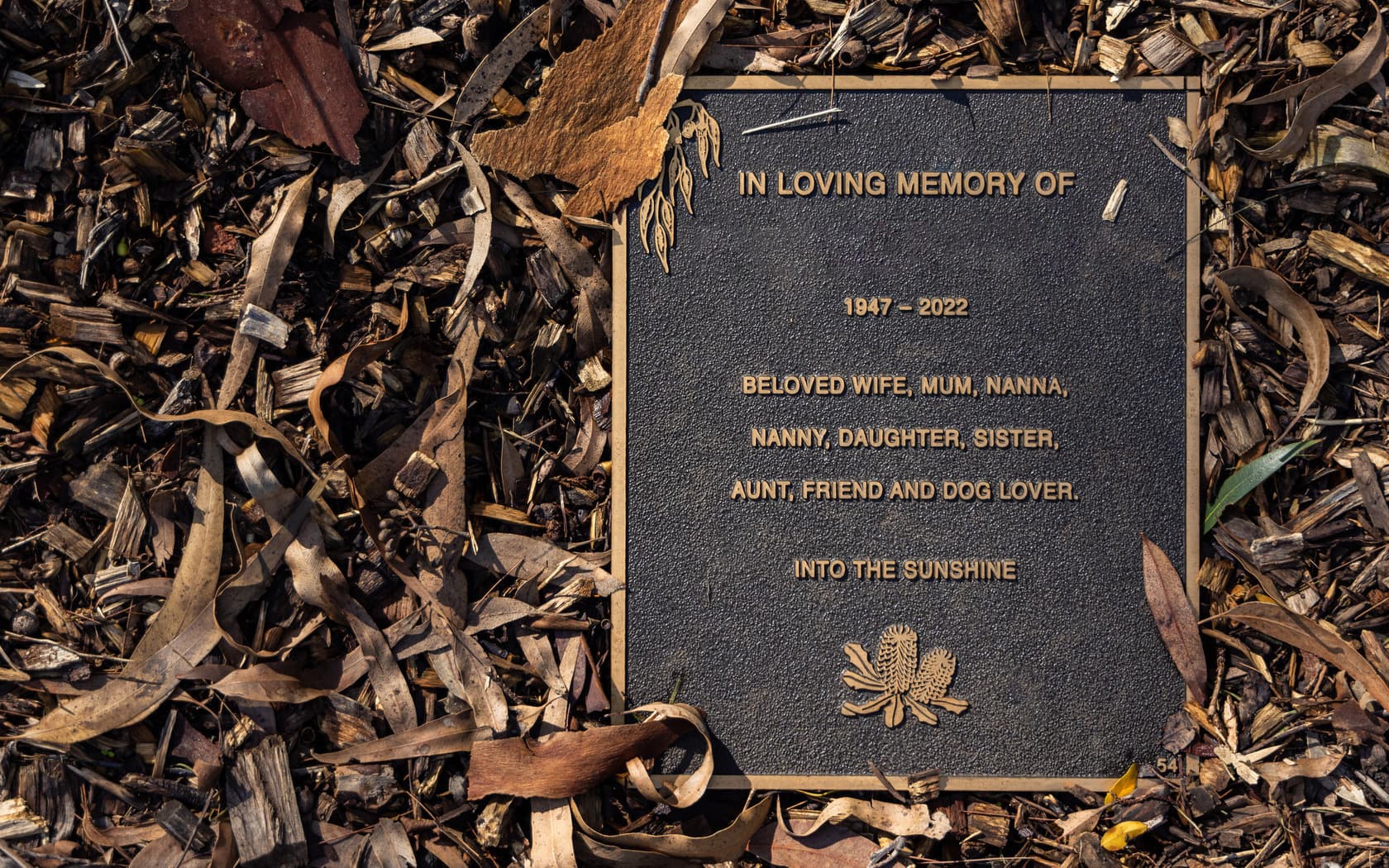How to write a moving eulogy

How to write a moving eulogy
Writing and delivering a eulogy can be a daunting task.
Not only are you already mourning the loss of a loved one, but you also need to contend with the pressure of saying the right things, then also getting up in front of a crowd of people you know to deliver it.
You've most likely been asked to deliver the eulogy as you had a meaningful connection with the person who’s passed and have stories and memories to share that will provide comfort to others.
In this guide, we’ll walk you through how to write a heartfelt eulogy, what to include, and how to deliver it with confidence and care.
What is a eulogy?
A eulogy is a short 5 to 10 minute speech delivered during a funeral or memorial service. It reflects on the life, character, and legacy of the person who has passed away. A eulogy can be solemn, uplifting, humorous, or deeply emotional, depending on the tone of the service and the personality of the deceased.
There’s no one-size-fits-all approach to writing a eulogy. Each one is as unique as the person it honours.
How to write a eulogy: step-by-step
Writing a eulogy begins with reflection. Here are some helpful steps to guide you:
1. Gather stories and memories
Speak with family and friends to collect anecdotes and memories. These can help you identify a theme or narrative that ties the eulogy together.
“One of my favourite memories of Dad was his Sunday morning pancakes - he never missed a week, and he always made them with a smile.”
2. Highlight key life moments
Include significant events such as:
Family milestones (marriage, children, grandchildren)
Career achievements
Travel experiences
Community involvement or volunteer work
“Mum dedicated over 20 years to volunteering at the local shelter. Her compassion touched countless lives.”
3. Reflect on relationships
Talk about the person’s role in the lives of others—whether as a parent, sibling, friend, mentor, or colleague.
“To his mates, he was the one who always showed up - rain, hail or shine. To us, he was simply Dad, and he was our rock.”
4. Share their passions
Mention hobbies, interests, and quirks that made them unique. Did they love gardening, cooking, music, or sport? Were they part of a local club or church?
“She had a laugh that could fill a room and a love for gardening that turned our backyard into a sanctuary.”
5. Speak from the heart
Include your personal connection. Share moments that made you laugh, cry, or feel inspired. Your perspective adds authenticity and warmth.
“I’ll never forget the way he looked at Mum like she was the only person in the world. That kind of love stays with you.”
What to include in a eulogy
A well-written eulogy often includes:
A brief introduction and expression of sympathy
A chronological or thematic overview of the person’s life
Personal stories and reflections
A closing message of love, remembrance, or hope
Remember: a eulogy doesn’t need to be perfect, it just needs to be sincere.
Tips for Delivering a Eulogy
Public speaking during a time of grief can be challenging. Here are some tips to help:
Practice: Time yourself and aim for 5–10 minutes.
Get feedback: Share your draft with others who knew the person.
Speak slowly: Breathe, pause when needed, and speak clearly.
Bring notes: It’s okay to read from a printed copy.
Be kind to yourself: Emotions may surface—take your time.
Final Thoughts
Writing a eulogy is a powerful way to honour someone’s life and legacy. Whether you’re writing for a parent, friend, or colleague, your words can bring comfort and connection to those who are grieving.
For additional support, explore our Community Care & Wellbeing program - a safe space for reflection, healing, and connection. All are welcome.
Recommended

Funeral etiquette
In the article, we explain some of the etiquette surrounding funerals and the grieving process

Memorial plaque wording suggestions
Prior to your plaque appointment, please take some time to consider the message you would like inscribed on the plaque, and any emblems or images you would like to incorporate. Please find some memorial wording suggestions to assist below.

Floral and memento guidelines
Learn SMCT’s guidelines for placing flowers and tributes at memorial sites. Discover how to honour loved ones respectfully while preserving the beauty and safety of our cemetery grounds.